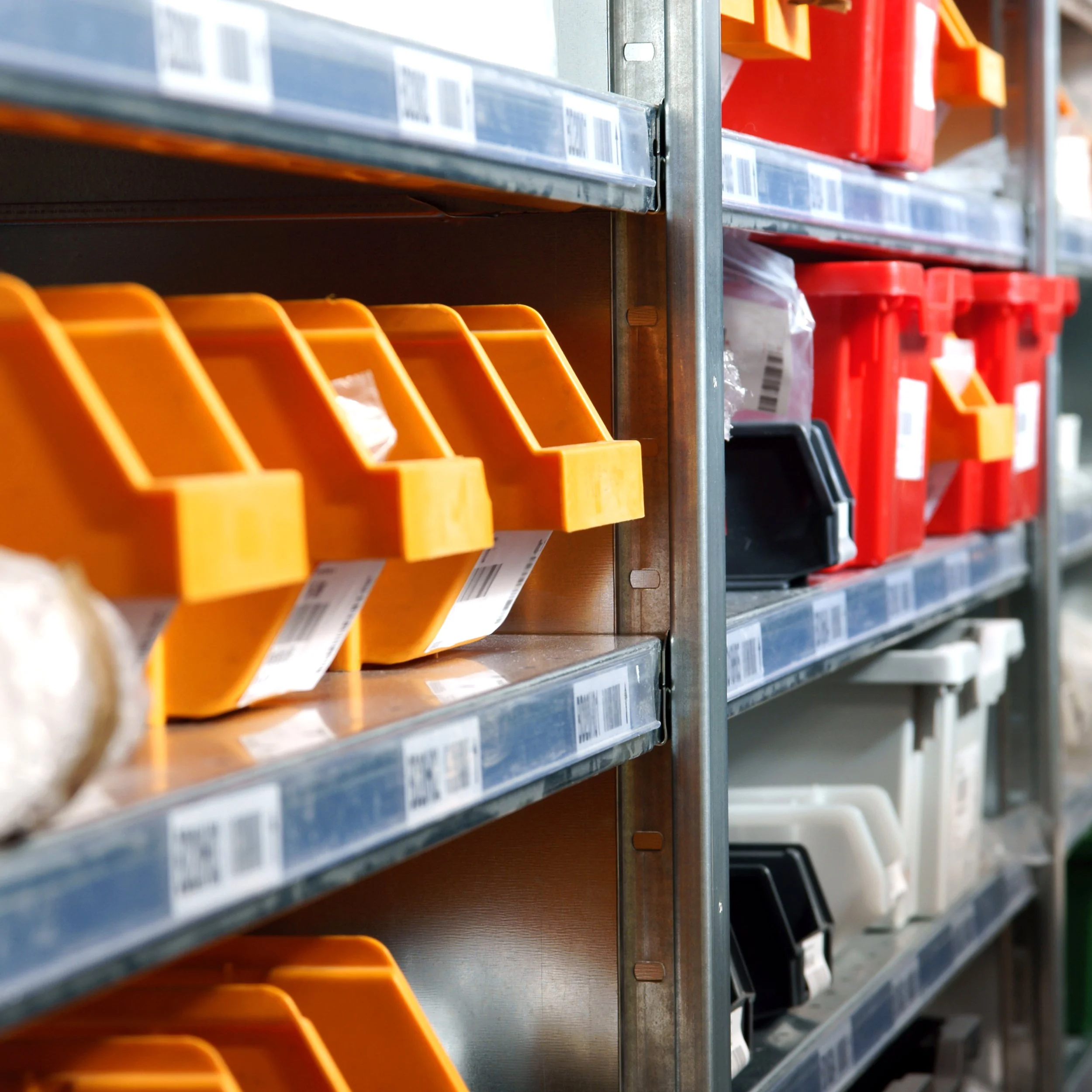How Much Maintenance Does Your Website Need?
If you want to get the most from your investment in a brand new website, you have to keep it current and exciting.
How much time does it take?
Unfortunately, there is no correct answer. It depends on what you use your site for.
There are two aspects to maintaining a website: technology and content.
Maintaining the Technology
If your website is hosted by one of the major platform providers, such as Shopify, Squarespace, or Wix, you do not need to do anything to ensure that your site stays up and visitors can access it. Perhaps, there is one: you have to pay the monthly subscription, of course. As part of your monthly subscription, these platform providers deal with the technology aspect of your website — keeping the server software and your SSL certificate current and developing new features. Think of it as if you have outsourced this task to them.
If you have a custom-built website and rent a server directly from a web hosting company, you will need to regularly maintain and patch the server or find someone to do it for you. You will also need to ensure that the libraries or plug-ins your website uses are always current. Otherwise, your site may be flagged for being out of date and vulnerable to malware.
▶ Dreaming of a Custom-Built Website?
Maintaining the Content
With the technology side covered, let's turn to the content of your website.
Your site's content comprises everything you display on your website: your brand elements — your logo, fonts, colors, photos, videos, layout, and texts — and, depending on the nature of your website, your blog posts, and products.
Each content element has a different expiration date. For example, your logo will probably not go out of style for several years, so would your layout, fonts, and colors. However, you may need to update your photos and videos much sooner; otherwise, they look dated. While there is no hard and fast rule as to when you need to replace them, a website whose content is updated frequently can be more engaging to visitors than a website whose visuals have not changed in years.
Blogging. Bloggers generally post at a set cadence. That can be daily, weekly, or monthly. While their blog posts stay on their website forever, followers always expect new content. When a blogger stops producing new content, their site — or blog — becomes outdated very quickly. If you are a blogger or have a blog or newsletter on your website, make sure you constantly create new content and adhere to your set frequency.
Online stores. Physical stores frequently change their décor. They decorate for Valentine's Day, Easter, Mother's Day, Christmas, the four seasons, and other occasions. That way, their store looks fresh and inviting to their customers. Online stores should follow the same rhythm and regularly update the content of their site, adapting photos, colors, and products to the seasonal theme.
Informational websites. Corporate websites without a blog or an online store follow a longer update cycle. However, if you feature a photo of your team, make sure it is always current. Nothing is worse than showing team members on your site that have left a long time ago. The same applies to your contact information, location, and opening hours. I also recommend following a more neutral web design. That way, you do not need to change your site frequently. However, try to check its content quarterly to ensure that it aligns with what your business currently does and reserve some money to update your photos.
Many websites combine elements of a blogging site, an online store, and an informational website.
For example, an online store could feature a weekly newsletter. An informational website could include a monthly blog or vlog.
In that case, I recommend that you organize your website's content into these three main categories and develop a maintenance plan for each of them.
That way, your website always looks fresh and inviting, and the information is relevant.
▶ Does Your Website Look Fresh?











